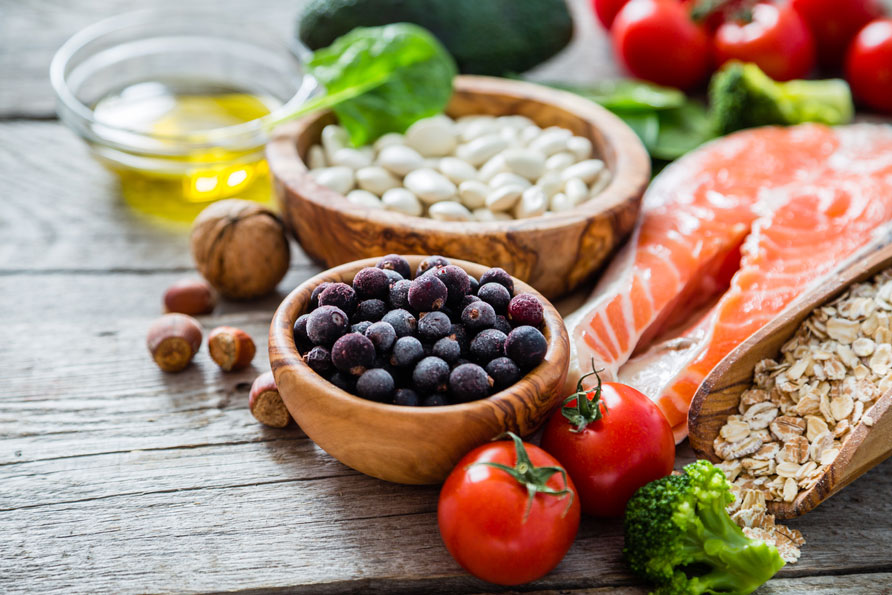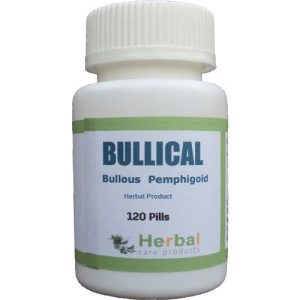No products in the cart.
Return To Shop 0 Cart $0.00 0
No products in the cart.
Return To Shop Shopping cart (0)
Subtotal: $0.00
Free shipping over 299$
Bullous Pemphigoid Treatment Diet: Top Foods to Support Healing Naturally!
Bullous pemphigoid is a rare, autoimmune skin condition that causes painful blisters, itching, and inflammation. It primarily affects older adults, and while medications and other treatments can help, diet also plays a crucial role in managing symptoms and supporting the body’s healing process. A Bullous Pemphigoid Treatment Diet focused on foods that naturally aid in healing, reduce inflammation, and promote immune health.
Why Diet Matters in Bullous Pemphigoid
With any autoimmune disease, managing inflammation and strengthening the immune system are essential. A well-planned diet can reduce symptom severity, minimize flare-ups, and help the body repair damaged tissues. For those dealing with bullous pemphigoid, certain foods can have anti-inflammatory, antioxidant, and immune-boosting properties that promote natural healing and relief.

Related Articles: 6 Effective Ways to Soothe Bullous Pemphigoid Blisters and Promote Healing
Key Components of the Bullous Pemphigoid Treatment Diet
- Anti-inflammatory Foods
- Chronic inflammation can worsen autoimmune conditions like bullous pemphigoid. Foods rich in anti-inflammatory properties help reduce inflammation levels and support the skin’s healing process.
- Top Choices: Fatty fish (such as salmon, sardines, and mackerel), olive oil, nuts (especially almonds and walnuts), and seeds (chia and flaxseed).
- Antioxidant-Rich Foods
- Antioxidants neutralize free radicals, which can damage cells and aggravate autoimmune conditions. Including antioxidant-rich foods can help protect the skin and reduce the damage caused by the body’s immune response.
- Top Choices: Berries (blueberries, strawberries, and raspberries), dark leafy greens (spinach, kale), bell peppers, and tomatoes.
- High-Quality Protein Sources
- Protein is essential for tissue repair, especially in conditions where the skin is directly affected. High-quality protein sources support wound healing, skin regeneration, and immune system function.
- Top Choices: Lean poultry, beans, legumes, tofu, eggs, and plant-based protein sources.
- Healthy Fats
- Omega-3 fatty acids and monounsaturated fats are beneficial for reducing inflammation and aiding skin health.
- Top Choices: Avocado, olive oil, nuts, seeds, and fatty fish.
- Probiotics and Prebiotics
- Gut health plays an essential role in immune function and managing inflammation. Probiotics support a healthy balance of gut bacteria, which can positively affect immune regulation.
- Top Choices: Yogurt, kefir, sauerkraut, kimchi, kombucha, and foods with fiber like oats, bananas, and garlic (prebiotics).
Foods to Include in Your Bullous Pemphigoid Treatment Diet
To build a diet that supports healing and reduces inflammation, focus on these specific food groups:
1. Leafy Greens and Colorful Vegetables
- Dark leafy greens, such as spinach, kale, and Swiss chard, are packed with antioxidants, vitamins, and minerals that help reduce inflammation and support immune function. Colorful veggies, like bell peppers, carrots, and beets, are high in carotenoids, which aid skin health.
2. Berries and Fruits with Low Glycemic Index
- Berries like blueberries, strawberries, and blackberries are rich in antioxidants and vitamins C and E, which help fight inflammation and improve skin health. Fruits with a low glycemic index, like apples and pears, help maintain stable blood sugar levels, as blood sugar spikes can exacerbate inflammation.
3. Whole Grains
- Whole grains like oats, quinoa, and brown rice provide a steady source of energy without causing inflammation. They are rich in fiber, which aids in digestion and supports gut health.
4. Healthy Fat Sources
- Omega-3 fatty acids, found in salmon, flaxseed, and walnuts, are excellent for reducing inflammation and supporting overall skin health. Extra virgin olive oil, rich in monounsaturated fats, also promotes skin healing and reduces flare-ups.
5. Herbs and Spices with Anti-Inflammatory Properties
- Certain herbs and spices, like turmeric and ginger, contain anti-inflammatory compounds that can help reduce pain and swelling. Turmeric, in particular, contains curcumin, which has strong antioxidant properties. Consider adding these spices to your daily meals.
Related Articles: How Many Cases of Bullous Pemphigoid are There?
Foods to Avoid for Bullous Pemphigoid Management
Certain foods may worsen inflammation and trigger flare-ups in autoimmune conditions. Avoid or limit the following to better manage bullous pemphigoid:
- Processed Foods: These often contain high levels of sugar, salt, and unhealthy fats, which can increase inflammation.
- Sugary Foods and Drinks: High sugar intake can cause blood sugar spikes and contribute to inflammation.
- Refined Carbohydrates: Foods like white bread, pasta, and pastries can worsen inflammation and interfere with stable blood sugar levels.
- Dairy Products: Some people with autoimmune conditions find that dairy exacerbates inflammation. Experiment with limiting dairy and observe any improvements in symptoms.
- Alcohol and Caffeine: Both can cause dehydration and inflammation, so limit or avoid them if possible.
Related Articles: 5 Foods to Avoid If You Have Bullous Pemphigoid
Sample Meal Plan for Bullous Pemphigoid Treatment Diet
Breakfast
- Greek yogurt (rich in probiotics) with a handful of mixed berries and a sprinkle of chia seeds
- Green tea with a slice of lemon
Lunch
- Quinoa salad with mixed greens, cherry tomatoes, cucumber, and a drizzle of olive oil and lemon dressing
- Grilled salmon or a serving of chickpeas for protein
Snack
- Sliced apple with almond butter or a handful of walnuts
Dinner
- Stir-fried veggies (such as bell peppers, broccoli, and carrots) with a serving of lean protein like chicken or tofu
- Brown rice or a small serving of sweet potatoes
- Side of mixed greens with turmeric dressing
Evening Drink
- Chamomile tea, which can help reduce inflammation and promote relaxation
Additional Tips for Bullous Pemphigoid Dietary Management
- Stay Hydrated: Drinking enough water is essential for skin health and aids in flushing out toxins.
- Practice Gentle Cooking Methods: Opt for steaming, baking, or grilling to preserve nutrients, rather than frying or heavy cooking.
- Monitor Food Reactions: Every individual’s body is unique, so keep a food diary to identify any foods that may worsen your symptoms.
Conclusion
Incorporating a Bullous Pemphigoid Treatment Diet can make a significant difference in managing this challenging autoimmune condition. A diet rich in anti-inflammatory foods, antioxidants, and high-quality proteins can help reduce flare-ups, support skin healing, and strengthen the immune system. With a mindful approach to food choices, you can support your body’s natural healing processes and improve your quality of life. Remember to consult your healthcare provider before making any major dietary changes, especially if you’re currently on medication and Remedies for bullous pemphigoid.
More
More

